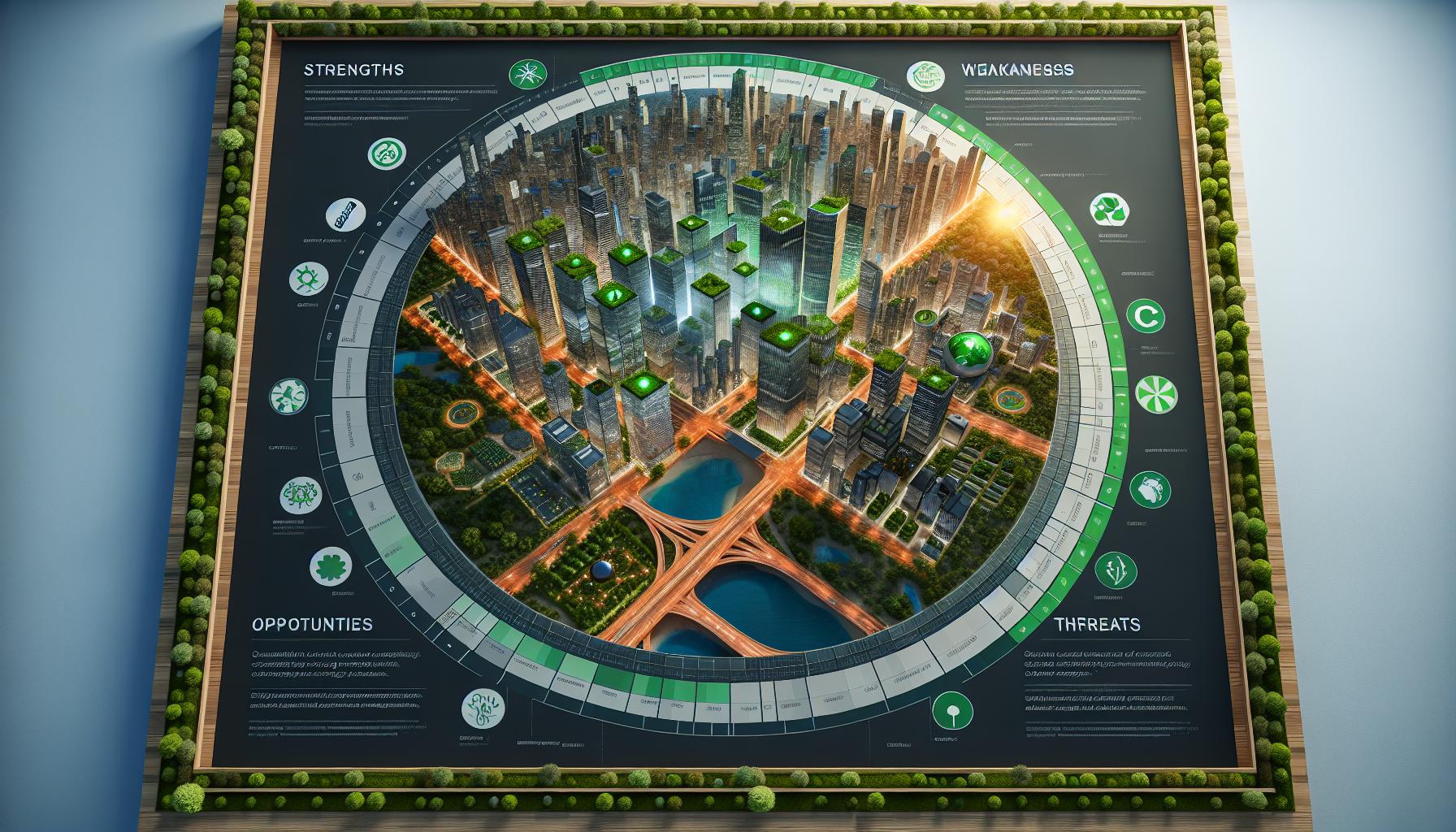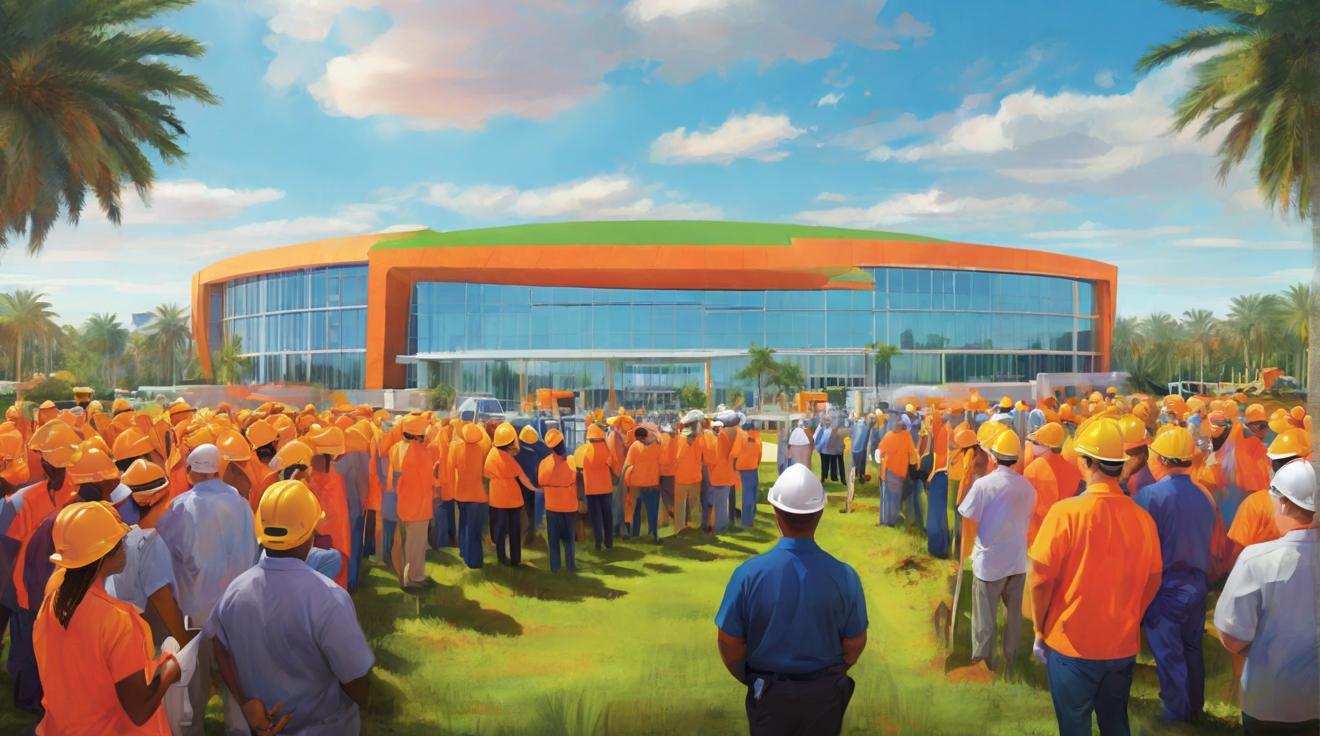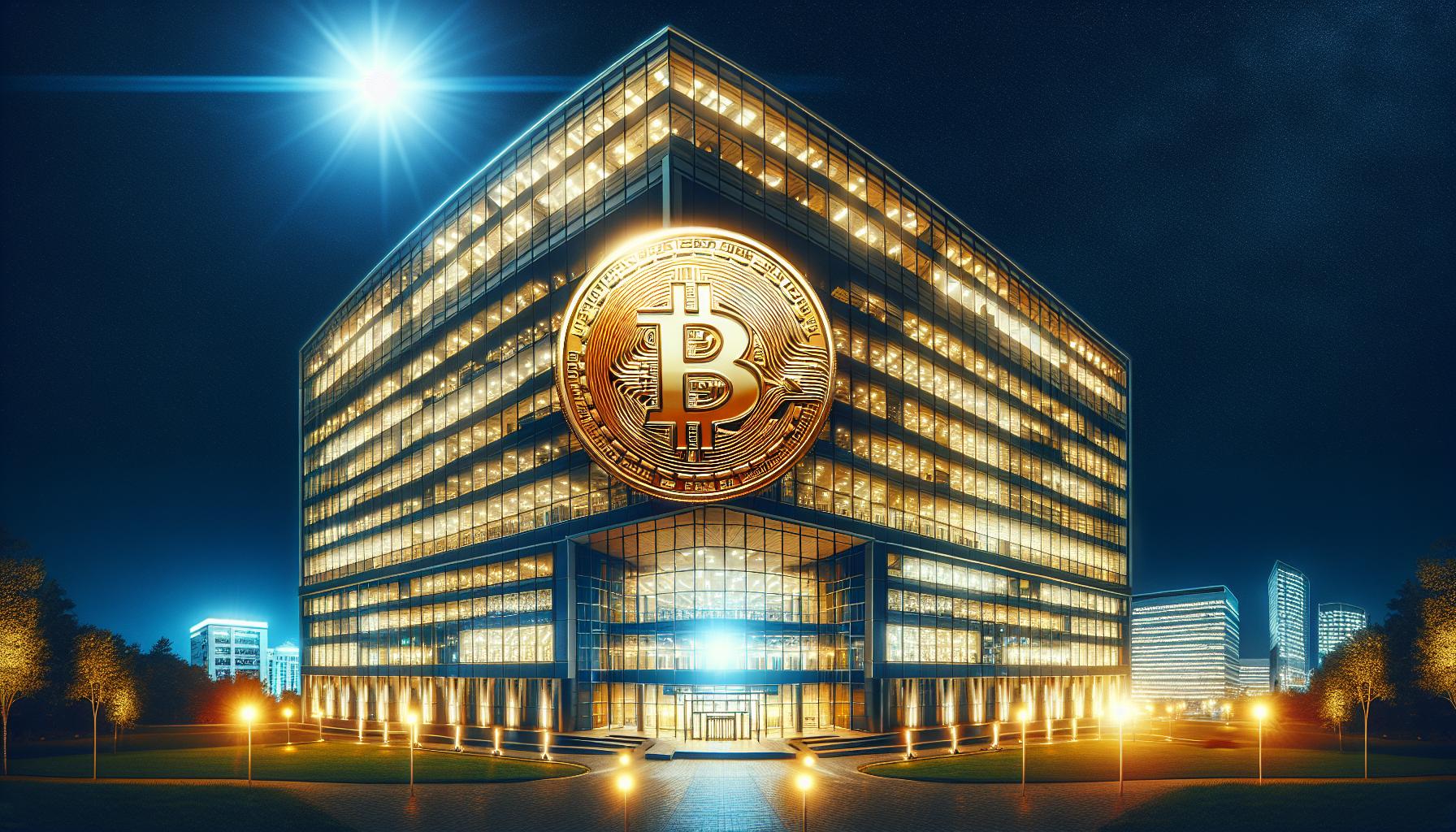Green Tech Innovations in Construction: Advancing Sustainable Building Practices SWOT Analysis
Evaluating the Strengths of Green Tech Innovations in Sustainable Construction
Green tech innovations have revolutionized the construction industry, offering a range of strengths that enhance sustainable building practices. One of the key strengths is the reduced environmental impact. Green tech innovations, such as solar panels, geothermal systems, and energy-efficient materials, significantly lower carbon emissions and conserve natural resources. These innovations also contribute to energy savings, reducing operational costs for building owners and occupants. Additionally, green tech innovations improve indoor air quality, promoting a healthier environment for occupants. These strengths make sustainable construction more attractive and financially viable.
Spotlight on Green Tech: Analyzing the Weaknesses in Sustainable Building Practices
While green tech innovations in construction have numerous strengths, they also face certain weaknesses that need to be addressed. The initial cost of implementing green tech solutions is often higher than traditional construction methods. This can deter some builders and developers who prioritize short-term financial gains over long-term sustainability benefits. Moreover, the lack of standardized regulations and certifications for green tech innovations poses a challenge. Without clear guidelines, it becomes difficult to assess the effectiveness and reliability of these technologies. These weaknesses highlight the need for further research, development, and collaboration within the industry.
Opportunities for Advancing Sustainable Construction through Green Tech Innovations
Green tech innovations present significant opportunities for advancing sustainable construction practices. As the demand for sustainable buildings grows, there is a vast market potential for companies specializing in green tech solutions. This presents an opportunity to create new jobs and drive economic growth. Moreover, advancements in green tech can lead to the development of more efficient and cost-effective solutions, making sustainable construction accessible to a wider audience. Additionally, green tech innovations can be integrated into existing buildings through retrofitting, providing an opportunity to upgrade older structures and make them more sustainable.
Uncovering Threats to Green Tech Innovations in Construction: A SWOT Analysis
Despite the many strengths and opportunities, green tech innovations in construction face threats that need to be addressed. One of the major threats is the resistance to change within the industry. Traditional construction practices are deeply ingrained, and convincing stakeholders to adopt new technologies can be challenging. Moreover, the lack of awareness and understanding about the benefits of green tech innovations can hinder their widespread adoption. Additionally, the rapid advancement of technology poses a threat as well. Green tech solutions need to keep up with the pace of technological advancements to remain relevant and competitive.
Harnessing the Potential of Green Tech: Strategies for Enhancing Sustainable Building Practices
To harness the full potential of green tech innovations in construction, several strategies can be implemented. Firstly, increasing awareness and education about the benefits of sustainable construction and green tech innovations is crucial. This can be achieved through workshops, conferences, and educational campaigns. Secondly, providing financial incentives, such as tax credits and grants, can encourage builders and developers to invest in green tech solutions. Thirdly, establishing standardized regulations and certifications will enhance trust and reliability in green tech innovations. Lastly, fostering collaboration between industry stakeholders, including builders, developers, and technology providers, will drive innovation and ensure the successful implementation of green tech solutions.
In conclusion, green tech innovations have brought significant strengths to sustainable construction, including reduced environmental impact, energy savings, and improved indoor air quality. However, weaknesses such as high initial costs and lack of standardized regulations need to be addressed. Opportunities for advancing sustainable construction through green tech innovations exist in the form of market potential, job creation, and retrofitting existing buildings. Threats such as resistance to change and rapid technological advancements must be overcome. By increasing awareness, providing financial incentives, establishing regulations, and fostering collaboration, the potential of green tech can be fully harnessed, enhancing sustainable building practices.













